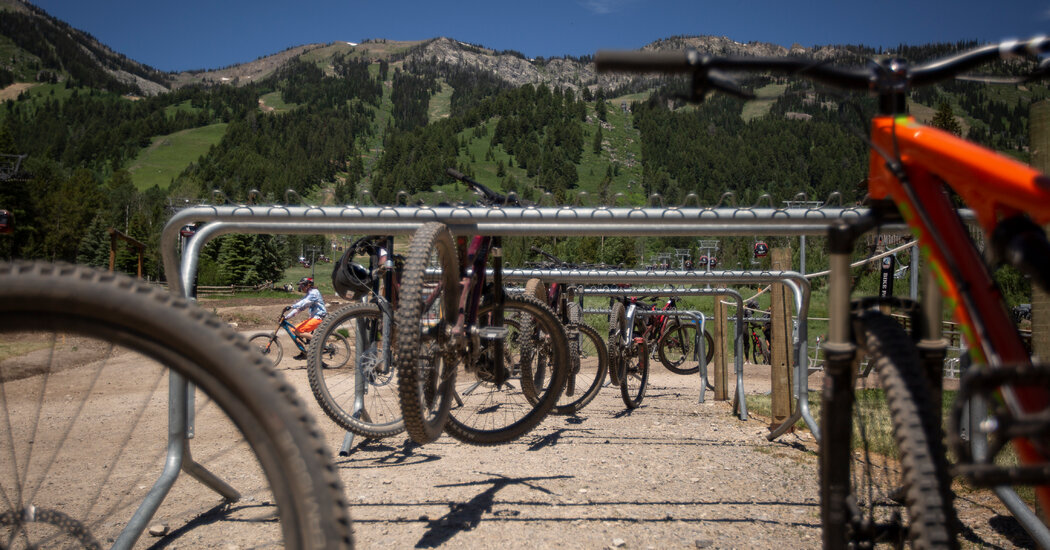
Vail Resorts was one of the first to capitalize on the new legislation with its Epic Discovery summer program, introduced at Vail Mountain and Breckenridge in Colorado, and Heavenly in California, starting in 2016. Zip lines, alpine slides, ropes courses and more, along with educational components, aim to let visitors immerse themselves in the mountain environment. Since then, many other resorts have followed suit. This June, for example, Telluride, in southwestern Colorado, introduced its first canopy tour, with zip lines, aerial bridges and rappels.
The approach has been working. Some would even say too well. “Now at most mountain destinations in the West, and at many in the Northeast, the summer occupancy is as high or higher than during the winter months,” said Tom Foley, the senior vice president for business operations and analytics for Inntopia, a resort marketing and e-commerce firm. (He adds that lodging prices, however, still lag behind winter’s peak rates.)
Even resorts that long had infrastructure in place have benefited. Vermont’s Killington introduced its bike park (which sits on a combination of state and private land) 30 years ago. But from 2016 to 2018, visits surged to 30,000 from 12,000, said the resort spokeswoman, Courtney DiFiore. She attributed the growth to new beginner and intermediate trails, more programming for children and an all-season pass option.
This year, resorts expect summer visitation to ramp up several notches, in reaction to the pandemic. “It’s unreal how much demand there is for Jackson right now,” said the ski area spokeswoman, Anna Cole. “Jackson by nature is outdoors and pretty distanced, and people want to get in their cars and drive,” she said. “We fit the bill on all fronts.”





